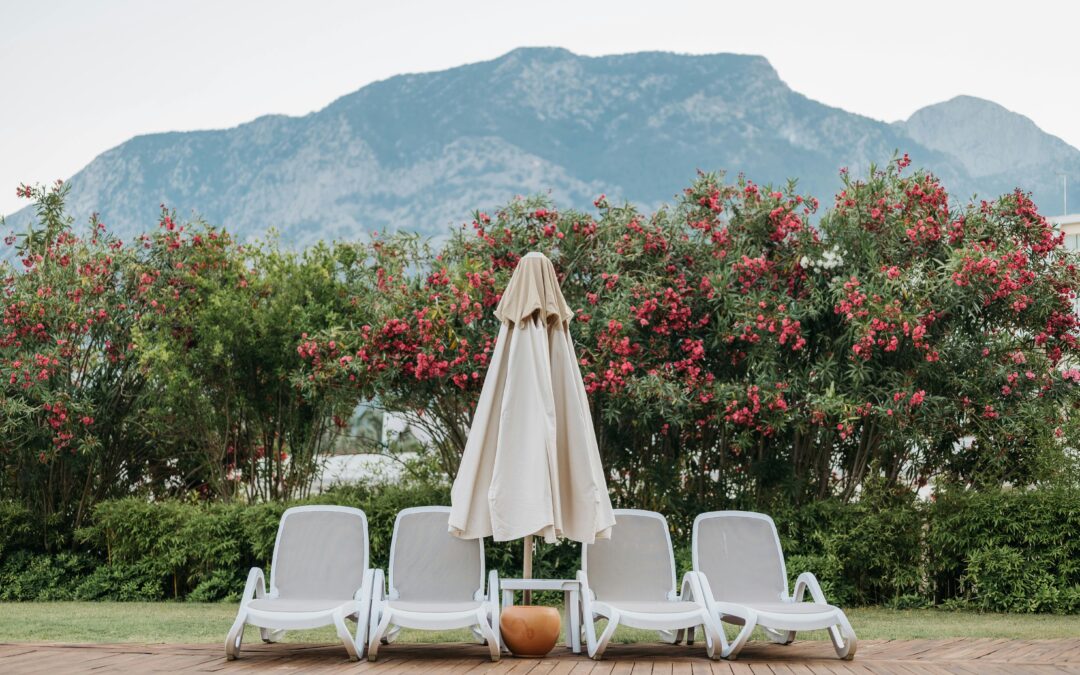Sun shade sails are a practical way to create comfortable outdoor spaces. Want to turn your patio, deck, or garden into an attractive retreat while protecting you from the injurious sun rays? They’re your best bet. But the key to maximizing their effectiveness lies in proper planning and installation. You’ve got to understand the subtlety of the sail shapes and their shade coverage if the goal is to create a truly enjoyable outdoor haven.
Here’s how to go about it:
Choosing the Right Sail Shade Structure
Prior to installation, you’ve got to choose the right sail shade structure. There are various shapes to choose from.
Triangular ones might appear large, but their angled edges often result in less effective shade coverage compared to their straight-edged counterparts. The pointed corners inherently reduce the overall shaded area, leaving portions exposed to direct sunlight.
A rectangular sail is your best option if you want consistent shade. Multiple smaller sails can also be combined to create a customized shade solution for more complex spaces or to achieve a specific aesthetic.
Carefully evaluate the dimensions of the space you want to cover and choose a sail size that provides adequate coverage without being overly large or too small. A properly sized sail is essential for achieving maximum protection.
Alongside choosing the correct structure, it’s also crucial to get your shade sails from reputable manufacturers for optimum results. They’ve got a range of premium-quality options for various needs.
Finding the Ideal Location and Measuring
Carefully assess the location you want to shade. Observe the sun’s path throughout the day to determine the areas that receive the most direct sunlight. Additionally, make your mind up as to how you’d want the shade sail to fit into your outdoor space.
Accurate measurements are crucial for a successful installation. Determine the distances between potential anchor points. If you’re attaching the sail to existing structures like walls or posts, measure the distance from the attachment point to the desired edge of the sail.
Remember to account for the necessary tensioning of the sail. It should have a slight droop to allow for proper water runoff and prevent excessive stress on the fabric and hardware. A general rule of thumb is to allow for approximately six to eight inches of sag per 10 feet of sail length.
Selecting the Right Hardware and Materials
Opt for durable, weather-resistant hardware if you want a secure and long-lasting installation.
Stainless steel hardware, including turnbuckles, carabiners, and pad eyes, is recommended for its strength and resistance to corrosion. UV-stabilized rope or webbing is essential for connecting the sail to the anchor points and withstanding prolonged sun exposure.
The size and weight of the sail will dictate the appropriate hardware. Larger sails require heavier-duty hardware to support the increased tension and weight. Consult with a professional or refer to the manufacturer’s recommendations for guidance on these aspects.
Investing in high-quality materials ensures the longevity of your sun shade sail and prevents premature wear and tear. This is particularly important in regions with harsh weather conditions, where the sail will be exposed to strong winds, heavy rain, and intense sunlight.
Installation Process
Begin by identifying and preparing your anchor points. If attaching to existing structures, ensure they’re sturdy enough to support the weight and tension of the sail. For ground-based installations, use concrete footings or in-ground anchors to provide a secure foundation. Pre-drilling pilot holes can simplify the installation process.
Attach the hardware to the anchor points and the corners of the sail. Use turnbuckles to create the necessary tension, ensuring the sail is taut but not overly stretched. Adjust the tension evenly across all corners to prevent sagging or uneven stress on the fabric. The ideal tension allows for slight movement in the wind while maintaining a stable and secure structure.
Finally, trim any excess rope or webbing and ensure all connections are secure. Periodically inspect the hardware and tension of the sail, especially after periods of strong winds or heavy rain.
Proper installation is crucial not just for maximizing the sail’s lifespan but also for ensuring it performs well. One study shows that artificial shades reduce UVB280–315nm exposure in children aged nine to 13 by 91%. However, this depends on how well the shade sail has been set up.
Maintenance and Care
Regular cleaning and maintenance will prolong the life of your sun shade sail.
Hose down the sail periodically to remove dirt and debris. For more stubborn stains, use a mild detergent and a soft brush. Avoid using harsh chemicals or abrasive cleaners as these can damage the fabric.
It’s important to note that shade sails can last between eight to ten years. But that can decrease or increase depending on the weather and how you take care of it. During the off-season or periods of extreme weather, it’s advisable to take down the sail and store it in a dry, protected location. This will prevent damage from strong winds, heavy snow, or prolonged exposure to the elements.
Conclusion
A well-installed sun shade sail offers both beauty and functionality, transforming your outdoor space into a comfortable and protected retreat. By following these guidelines and choosing high-quality materials, you can ensure your sun shade sail provides years of reliable service. Enjoy the cool shade and create lasting memories in your enhanced outdoor living space.

Recent Comments